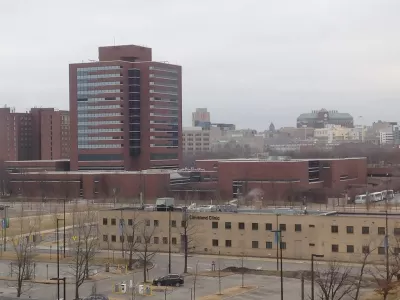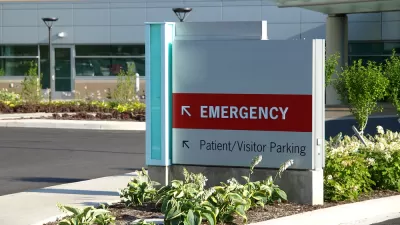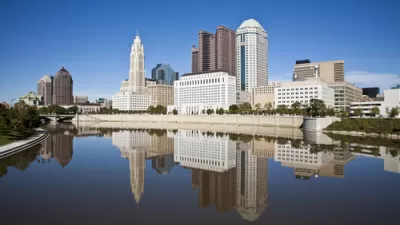According to an article by Dan Diamond, the Cleveland Clinic is a worldwide success story, but the community surround the hospital "remains mired in poverty."

Politico has produced an in-depth investigation of the Cleveland Clinic's expanding physical footprint, and neglected community development influence, in the neighborhood of Fairfax in Cleveland.
Dan Diamond writes of the Clinic's success:
There’s an uneasy relationship between the Clinic — the second-biggest employer in Ohio and one of the greatest hospitals in the world — and the community around it. Yes, the hospital is the pride of Cleveland, and its leaders readily tout reports that the Clinic delivers billions of dollars in value to the state.
But then there's the ongoing struggles of the Fairfax in which the hospital is located:
More than one-third of residents in the census tract around the Clinic have diabetes, the worst rate in the city, according to the latest data from the Centers for Disease Control and Prevention. That’s just one of numerous chronic and preventable health conditions plaguing the area around the Clinic. Meanwhile, neighborhood residents say there are too few jobs and talk of hearing gunfire every night.
Diamond devotes feature-length attention to detail in describing the "world apart" of the Clinic, relative to the real world of neighborhoods like Fairfax and Hough. One example typifying the hospital's influence on the city includes the Opportunity Corridor. The hospital's support of that road project evokes the heyday of Urban Renewal in its approach—wrapping blight removal and congestion relief into one publicly criticized project. That the Clinic's "top tour guide" let slip some less-than-altruistic motivations behind the Clinic's support for the Opportunity Corridor did not go unnoticed by Angie Schmitt, who responded to the article on Streetsblog USA.
FULL STORY: How the Cleveland Clinic grows healthier while its neighbors stay sick

Alabama: Trump Terminates Settlements for Black Communities Harmed By Raw Sewage
Trump deemed the landmark civil rights agreement “illegal DEI and environmental justice policy.”

Planetizen Federal Action Tracker
A weekly monitor of how Trump’s orders and actions are impacting planners and planning in America.

Why Should We Subsidize Public Transportation?
Many public transit agencies face financial stress due to rising costs, declining fare revenue, and declining subsidies. Transit advocates must provide a strong business case for increasing public transit funding.

Understanding Road Diets
An explainer from Momentum highlights the advantages of reducing vehicle lanes in favor of more bike, transit, and pedestrian infrastructure.

New California Law Regulates Warehouse Pollution
A new law tightens building and emissions regulations for large distribution warehouses to mitigate air pollution and traffic in surrounding communities.

Phoenix Announces Opening Date for Light Rail Extension
The South Central extension will connect South Phoenix to downtown and other major hubs starting on June 7.
Urban Design for Planners 1: Software Tools
This six-course series explores essential urban design concepts using open source software and equips planners with the tools they need to participate fully in the urban design process.
Planning for Universal Design
Learn the tools for implementing Universal Design in planning regulations.
Caltrans
Smith Gee Studio
Institute for Housing and Urban Development Studies (IHS)
City of Grandview
Harvard GSD Executive Education
Toledo-Lucas County Plan Commissions
Salt Lake City
NYU Wagner Graduate School of Public Service




























